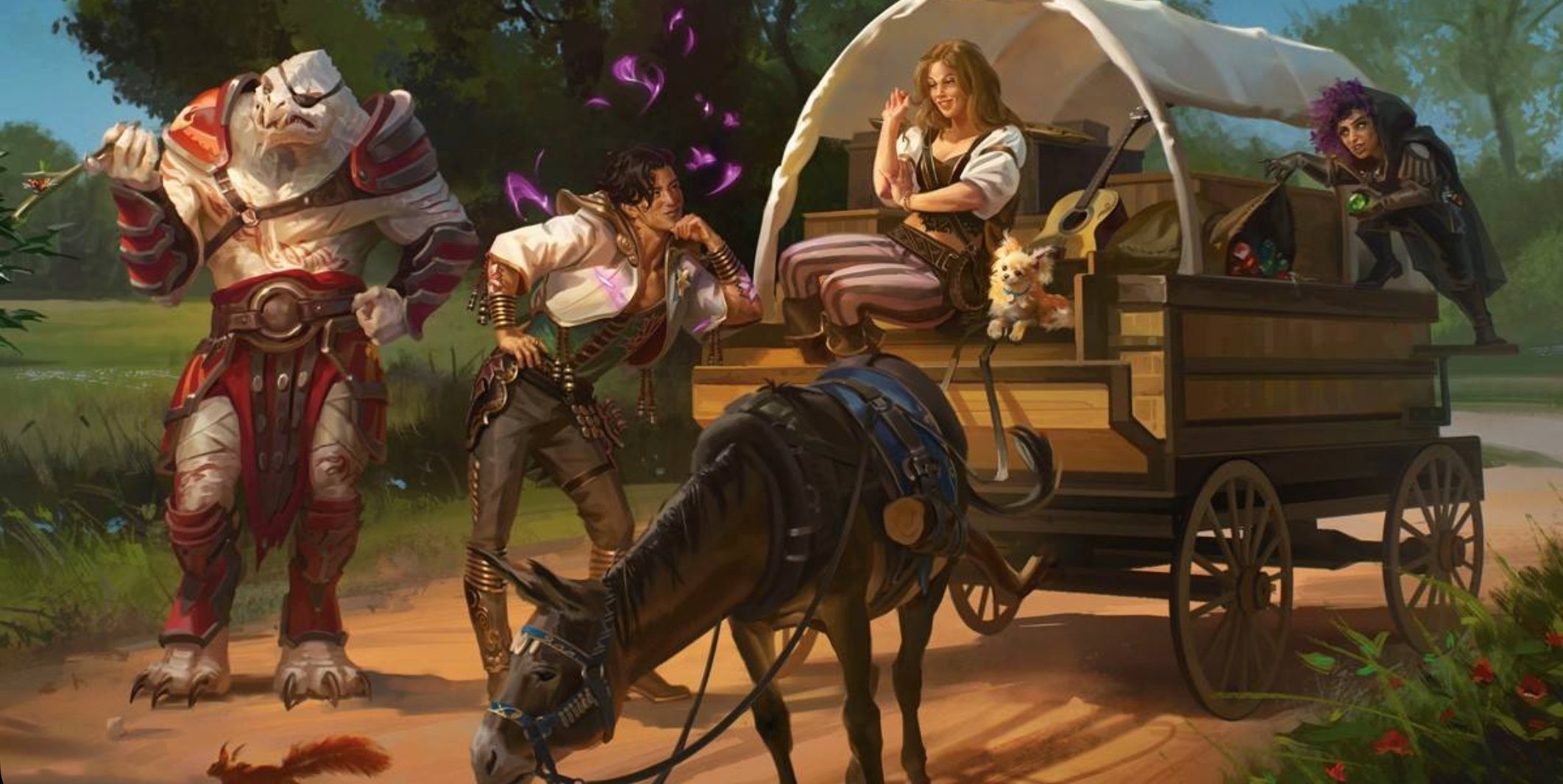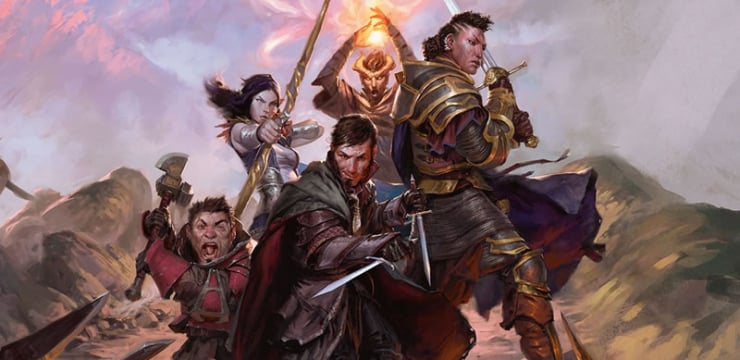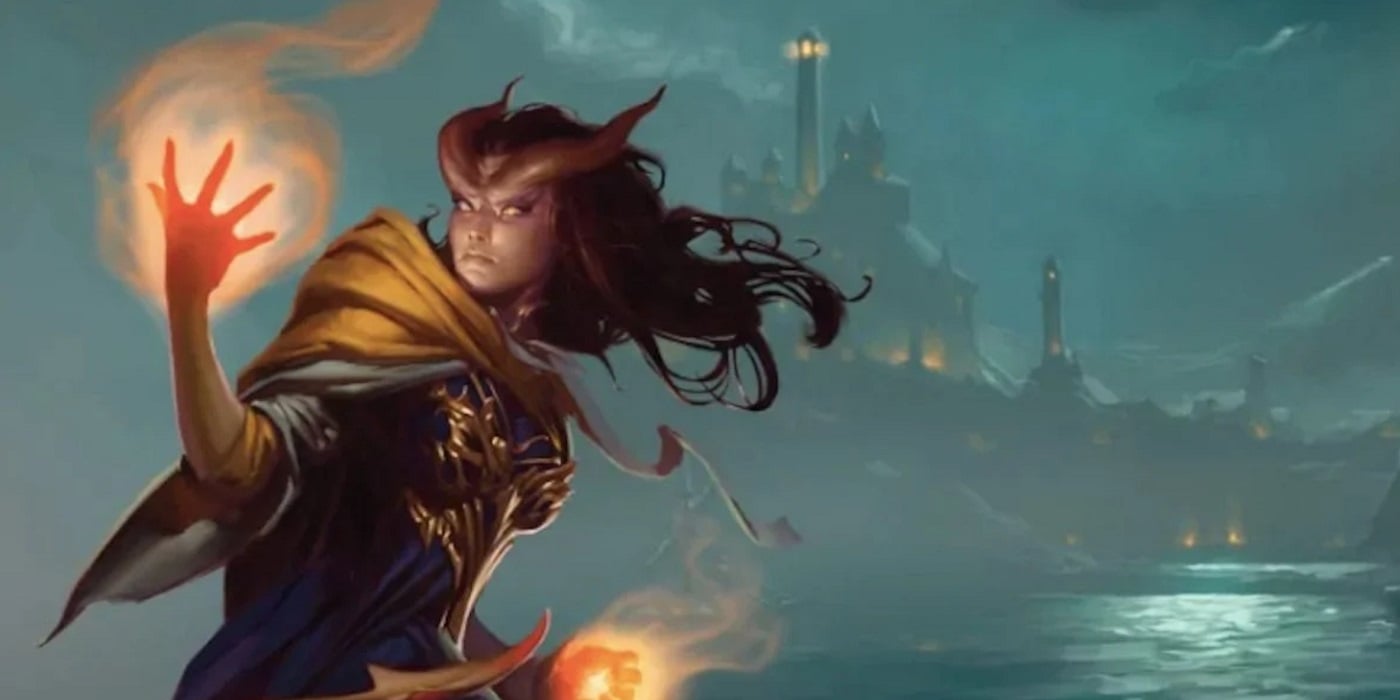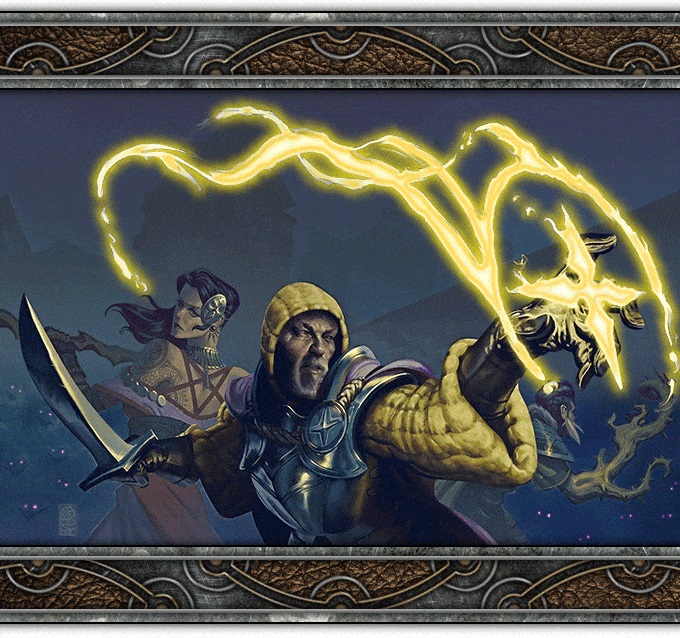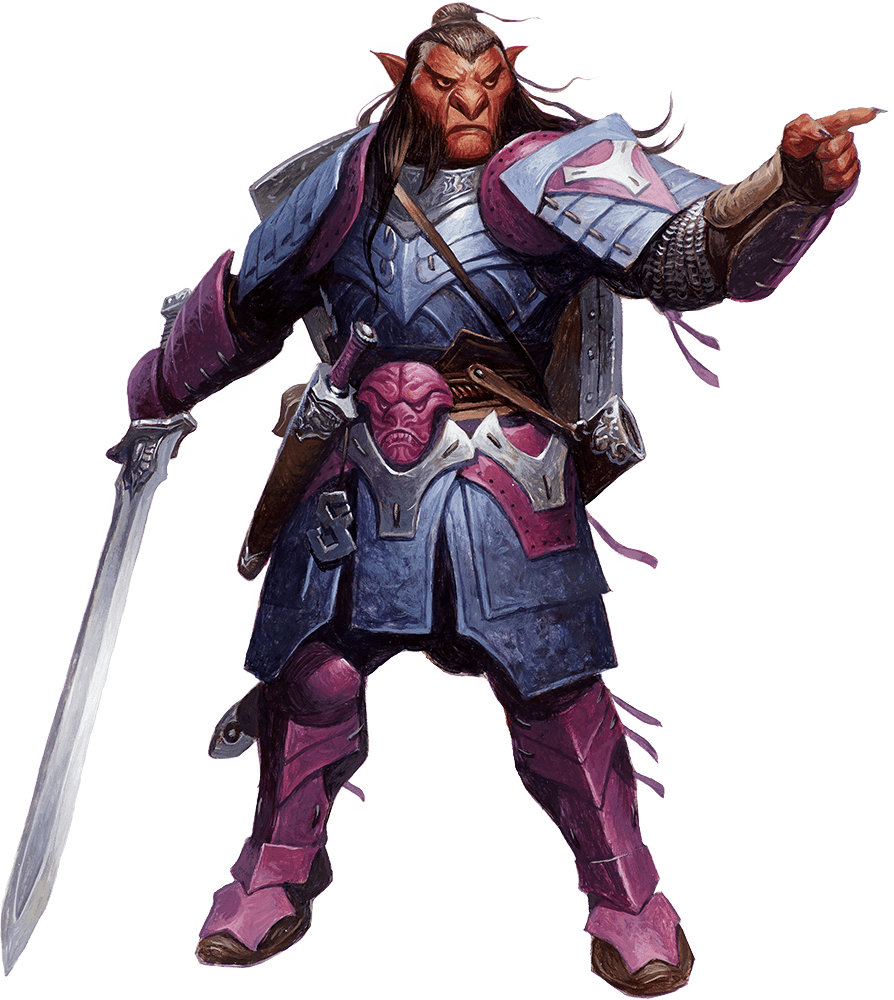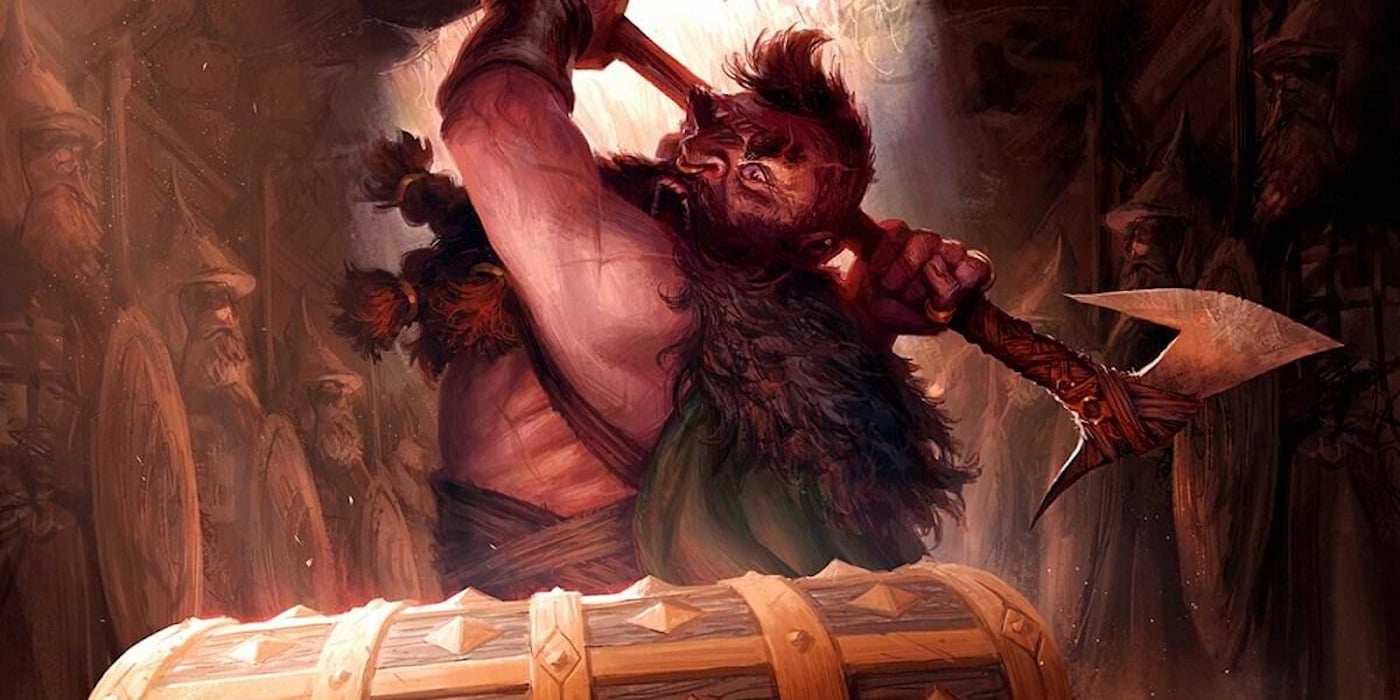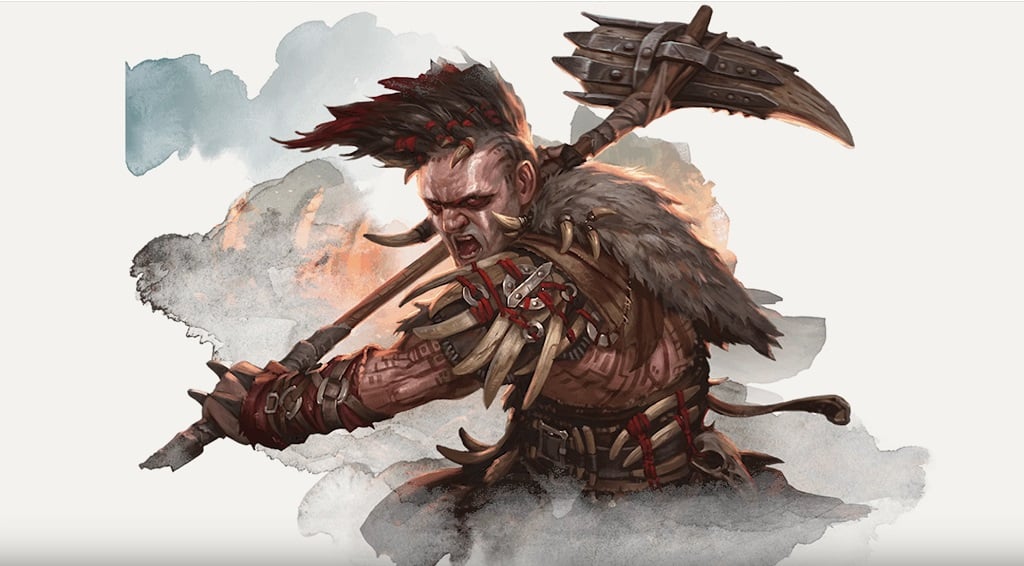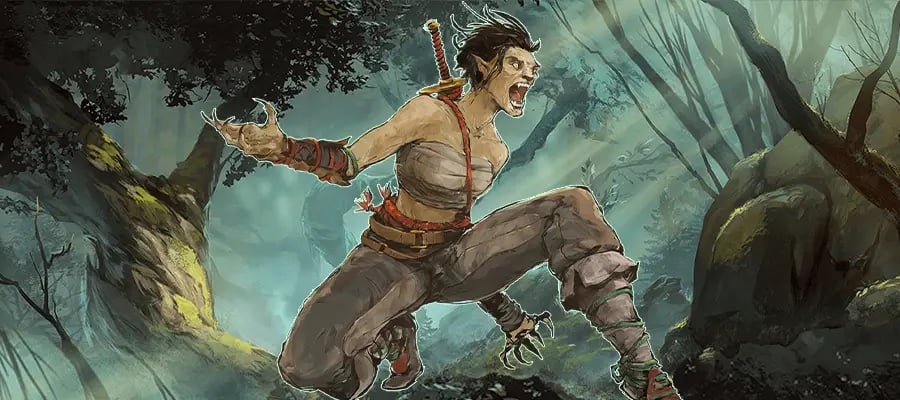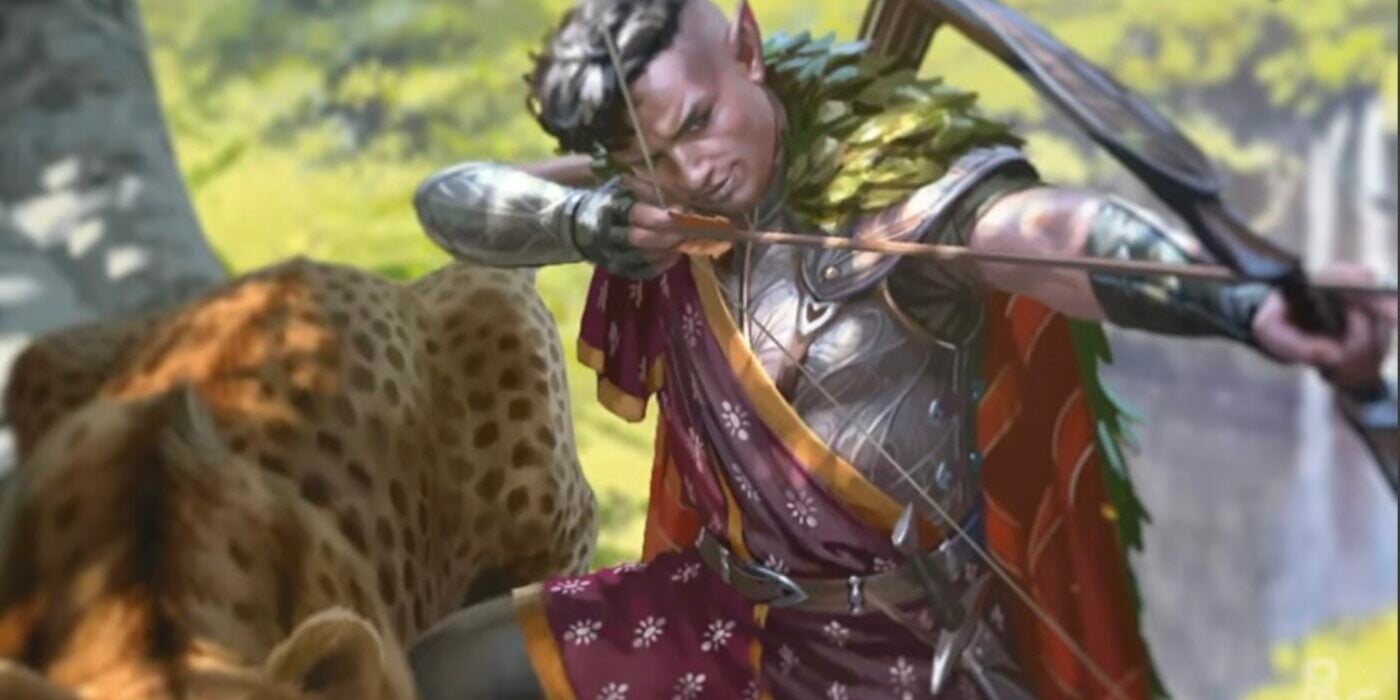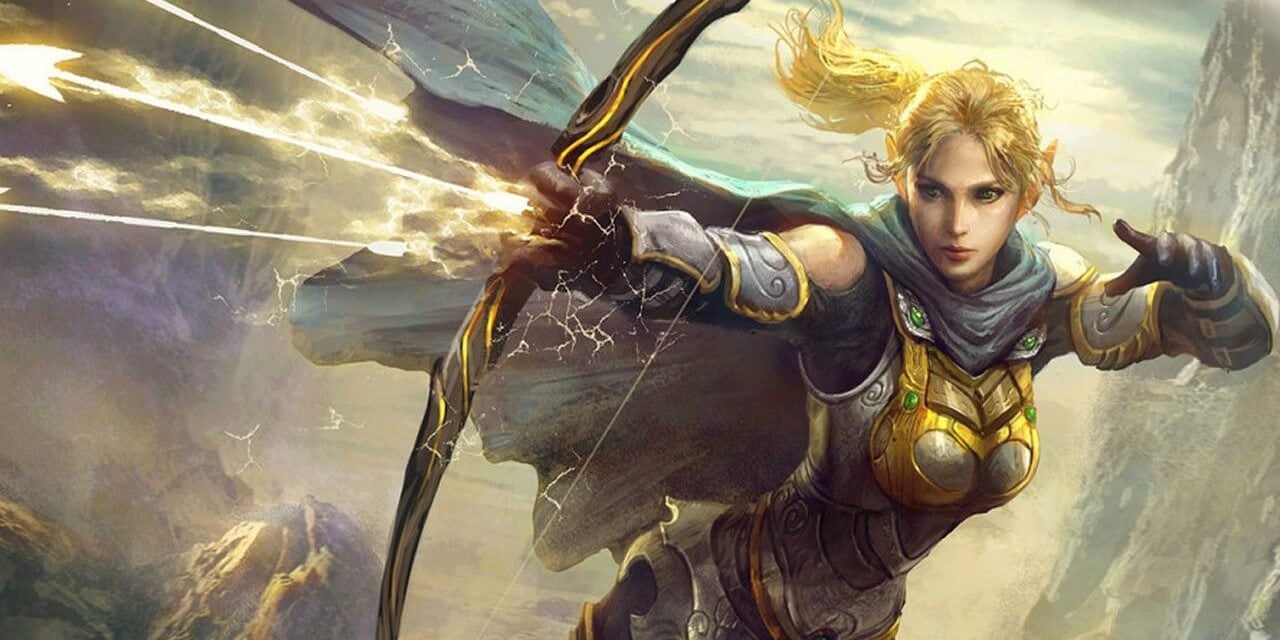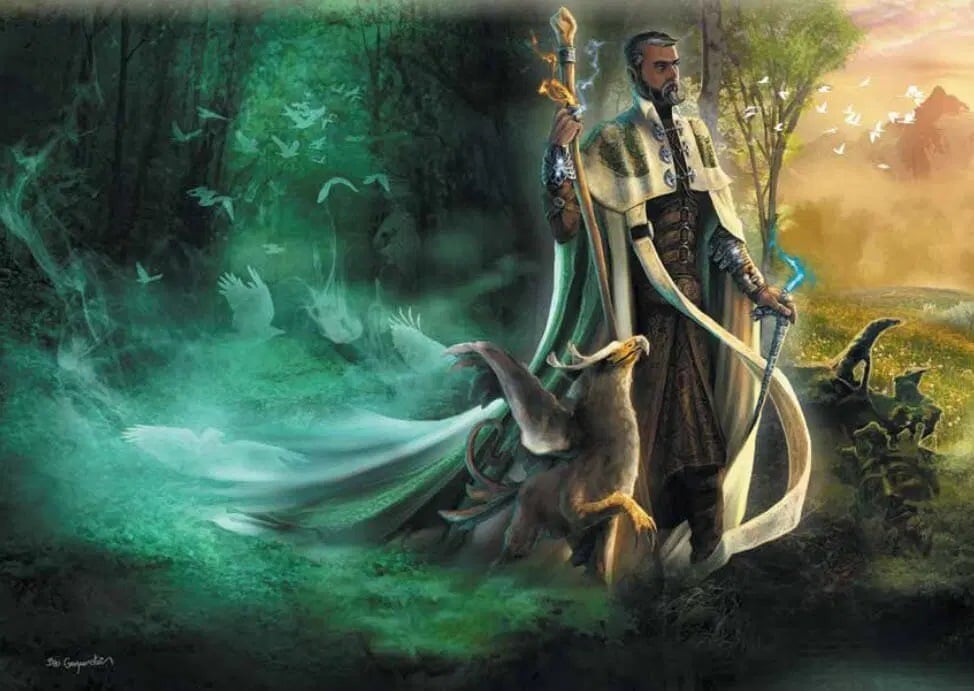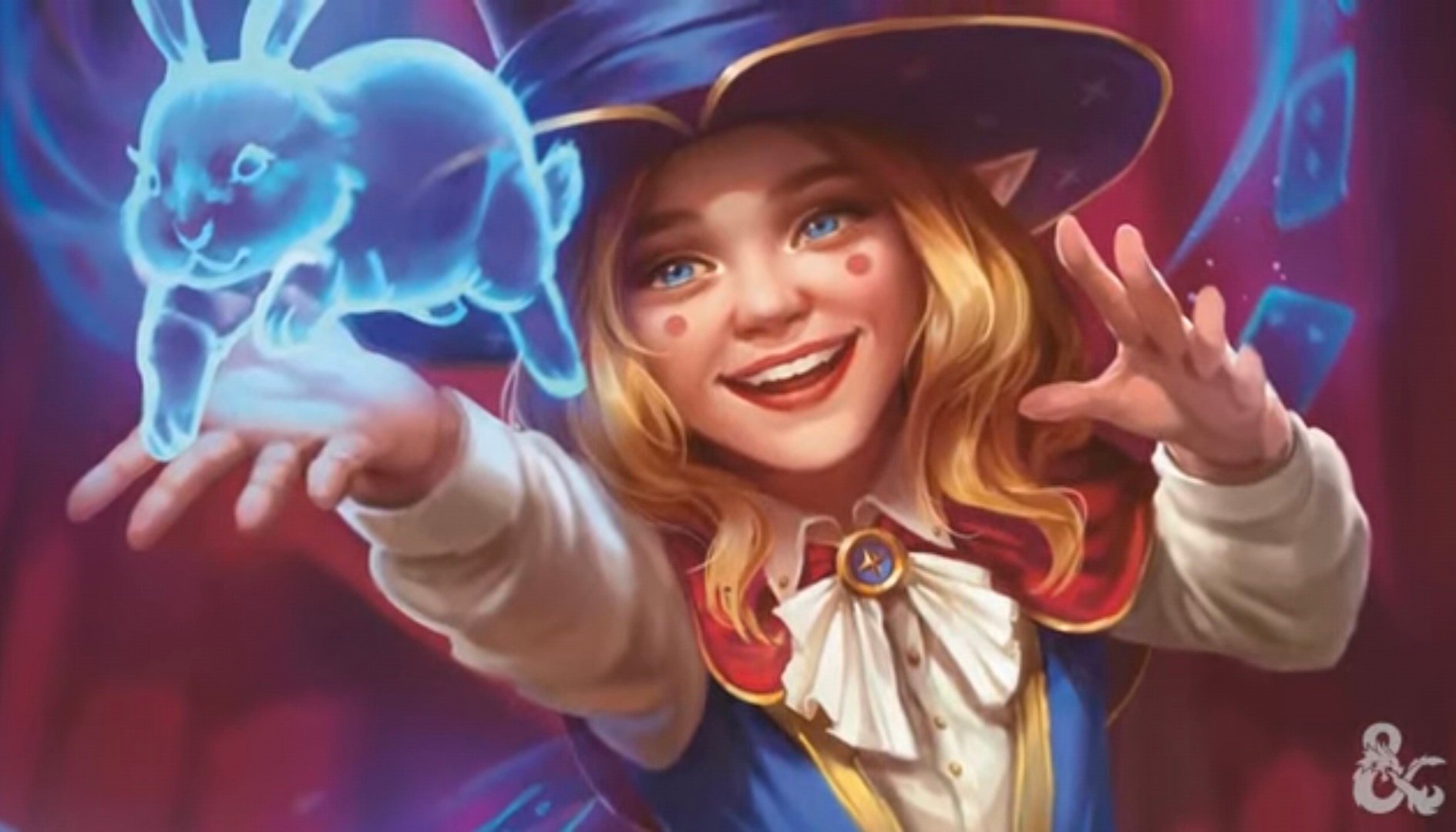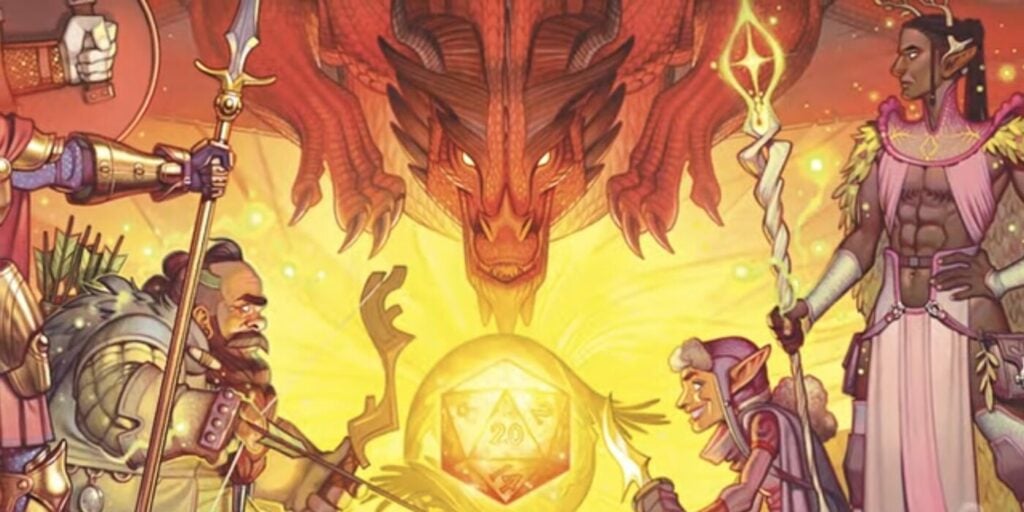D&D Beginner’s Guide: The Best Classes for New Players
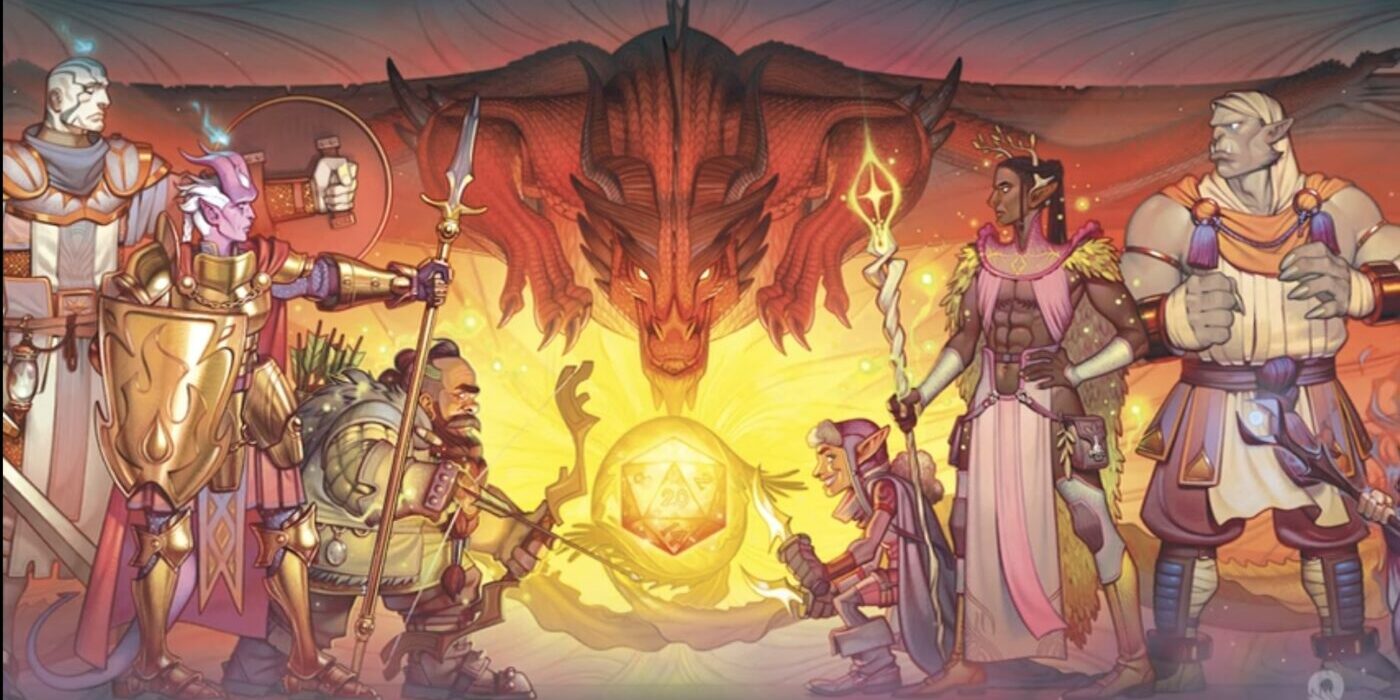
New players can get a headache trying mechanics-heavy classes. What they need are easy-to-learn, simple classes that are fun and engaging!
When it comes to classes in Dungeons & Dragons, many people choose theirs depending on a variety of criteria. Some might pick a class because it works well with their character’s backstory or concept. Others might pick theirs based on damage output or what spells the class has access to.
These aren’t things that most new players consider when they’re making their first character, though.
Unlike experienced players who know each class’s pros and cons, new players lack that essential knowledge. This means that when little Timmy sits down to play D&D with his friends for the first time, he isn’t thinking about his wizard’s school of magic. Instead, he’s thinking about different things like-
What’s the difference between a Paladin and a Cleric? Why does the Barbarian start with more HP than everyone else? Is there a team composition I should be adhering to?
Despite having near-infinite resources, D&D can still be incredibly hard to learn, especially for those inexperienced with tabletop games. Lucky for them, D&D’s wide variety of classes gives new players plenty of options to choose from.
Understanding D&D Class Complexity
To preface the rest of this article, I have considered a few qualities that make a class “easy to learn.”
My main focus is on a class’s mechanical depth. When someone is making their first character, I wouldn’t recommend that they play a class with many different abilities. Examples of this are classes like Warlock, Artificer, or Sorcerer.
These classes require the player to have a baseline understanding of spellcasting and force them to perceive spellcasting in a far more complex way than just “choose spell, cast spell.”
Additionally, while this isn’t an objective opinion, I feel most new players should play a martial class first before playing a full caster. That way, they can learn the intricacies of armor class, modifiers to hit, and damage rolls before getting into things like DCs and concentration checks.
From my experience as a player and DM, new players often have more fun playing D&D when they don’t have a million different abilities to keep track of at once. Players hate feeling useless. And nothing makes them feel more useless than when they forget they have an ability that could change the outcome of an entire situation.
Finally, I want it to be known that these are just my suggestions. If a new player wants to play a Wizard or a Sorcerer for their first character, let them! D&D is the most fun when everyone gets to play what they want! New players want to be guided and helped, not pressured.
The Vanilla Ice Cream of Starter Classes: The Fighter
Most will default to the Fighter when asking the D&D 5e community what class new players should play first. And that is honestly a very valid choice!
The Fighter has many mechanics that make it incredibly beginner-friendly. Its archetypes are almost all focused on buffing the class’s attack action. The class’s Action Surge feature is powerful and easy to understand. That’s not even mentioning how its Indominable and Second Wind features act like safety nets if the player makes a wrong decision.
Many veterans call the class basic and boring, especially after learning to play more advanced classes like Druid or Artificer. Yet, Fighter is a perfect introductory class for new players, teaching them the system basics while allowing them to make mistakes and still look like a badass in the process.
That’s not even mentioning the number of character concepts possible with the Fighter class. A Fighter can be anything from a knight to a hobo with a sharp stick. This lets them engage with designing a character’s backstory and personality, which, if my other articles don’t speak enough about what I like in a TTRPG, is a massive plus in my eyes.
Building Block Basics with the Barbarian
The Barbarian class is an ideal class for any beginner to play. It’s easy to learn, mechanically light, and provides new players a powerful way to engage in martial combat without fear of dying.
If a new player wants to play a muscle-dense character with strength and health for days, then Barbarian is the #1 class I’d recommend.
Now, the reason why Barbarian is my #1 personal recommendation over Fighter comes down to one thing: resource management.
When playing their first character, most D&D babies don’t understand how vital their Action Surge’s singular use can be. Even though it comes back on a short rest, Fighters only get one use of Action Surge until level 17. This means that if a Fighter uses their Action Surge and regrets it, they’re out of their signature class ability until they can sit down and rest.
Meanwhile, the Barbarian gets two uses of Rage at level one. With this extra resource available, Barbarians don’t have to feel stupid for prematurely raging and losing it because they got scared of a spider crawling on their forearm.
And that’s not even mentioning how GOOD of an ability Rage is for beginners. Like Action Surge, this ability is straightforward and invites experimentation, with the Barbarian’s archetypes each improving upon it in a variety of ways.
Like Fighter, the Barbarian class’s open-ended design allows numerous character creation options. From himbo Vikings to wartorn generals, a Barbarian’s rage is as versatile as the bloodstains on their weapons.
People With Problems Clearly Haven’t Tried Firing Arrows Into Them
Now, between all the 13 playable classes D&D has to offer, I struggled immensely when picking my third recommendation. My two choices were torn between Monk and Ranger. While I still wholeheartedly endorse Monk for new players, the Ranger provides new benefits that the other classes do not.
That namely comes in the form of spell casting. The Monk and Ranger boast the same pros as the Fighter and the Barbarian. They are easy-to-learn martial classes with resources to manage and many versatile character concepts.
However, where that diverges is in the Ranger being a half-caster. I know I said that the best beginner classes focus on martial combat. However, if a player wants an accessible way to enjoy both martial and spellcasting combat simultaneously, I believe the Ranger is the class for them!
Because Favored Enemy and Natural Explorer require minimal management, new players can focus on learning their other abilities without worry. Additionally, the updated 5.5e Ranger eliminated them entirely, allowing new players to focus entirely on learning spellcasting while still playing a martial class.
Spellcasting can be incredibly scary for new players since most of it is often info dumped onto them. Any DM knows the frustration of trying to explain to a new player how spell slots work…
Luckily, the Ranger’s gradual spellcasting progression helps players learn their class while exploring D&D’s range of spells. It’s a substantial step up in difficulty. But if the player is willing and dedicated, learning Ranger can help them learn practically every other class.
I CAST FIREBALL
Chances are, a new player will want to play a spellcaster, which is unavoidable. And I do not blame them. Warlock is my favorite class, after all! And spellcasters offer a gameplay experience that martial classes just cannot provide.
And for that reason, if a new player wants to play a full spellcaster with nuclear level 9 spell slots, I would immediately recommend that they play Wizard.
Not only are Wizards the mechanically least complicated spellcasting class to learn, but they also provide the player with ways to interact with the world more creatively. Sure, the Barbarian might be able to leap across a gap. But, as a Wizard, the player can summon a disc to float them across the expanse without any effort.
Playing a Wizard is the easiest and fastest way for new players to learn how spellcasting works. Since they don’t have to worry about complex class abilities or stat allocation, they can focus on memorizing the sometimes hard-to-follow magic rules.
Don’t worry, though. Even when the new players eventually grow into veterans, they’ll still think the S in a spell’s components stands for Sight. So, be ready for that.
What do you think? Do you agree with this list? Would you recommend any of the other classes in D&D 5e to new players? And if so, why?

